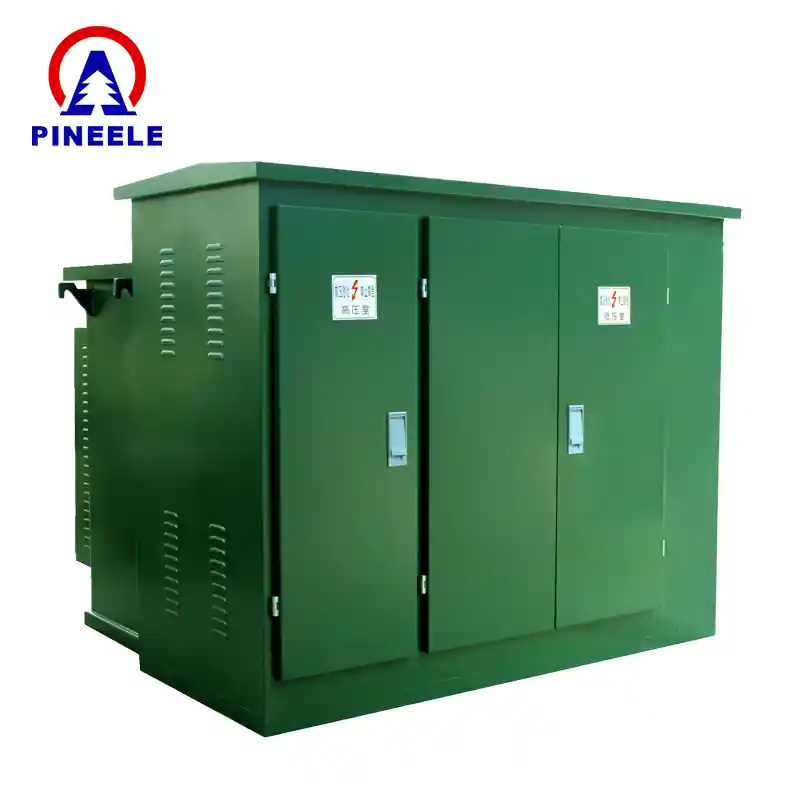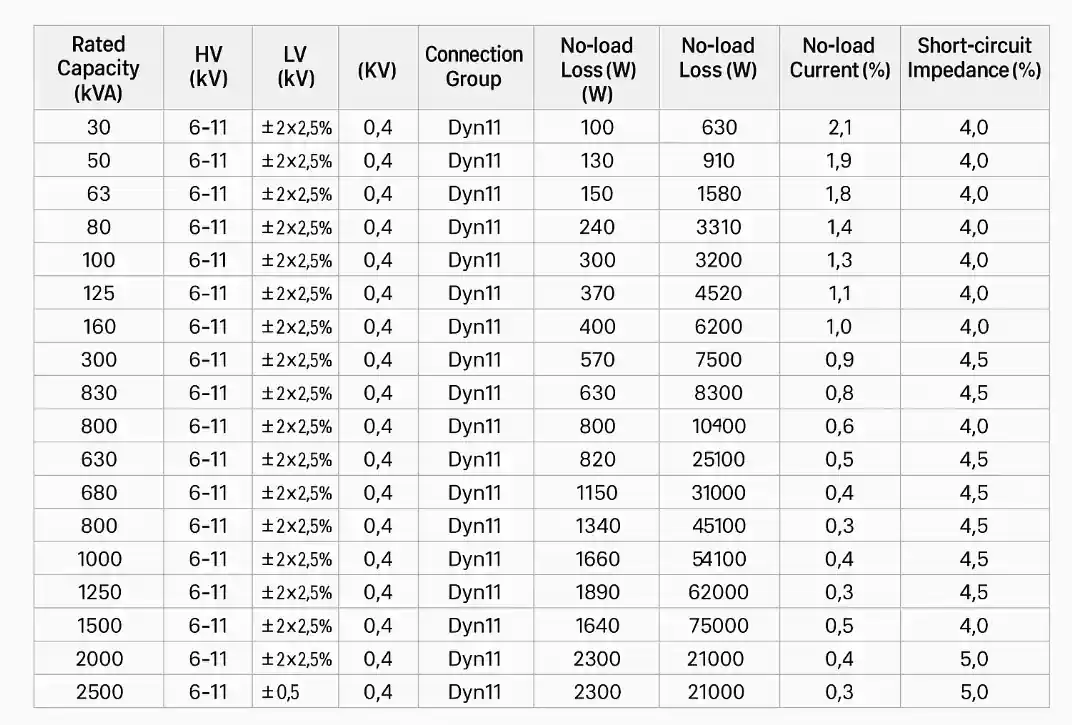Підстанції відіграють вирішальну роль в електричній мережі, трансформуючи та регулюючи електроенергію для ефективної передачі та розподілу. Існує три основні типи підстанцій: передавальні підстанції, розподільчі підстанції та напрямна для трансформатора підстанції. Передавальні підстанції забезпечують передачу високовольтної електроенергії, тоді як розподільні підстанції знижують напругу для місцевого розподілу. Трансформаторні підстанції, найпоширеніший тип, використовують трансформатори для зміни рівнів напруги, забезпечуючи безпечне та надійне електропостачання споживачів. Розуміння цих типів підстанцій має важливе значення для підтримки стабільності енергосистеми та забезпечення ефективного управління енергією.

Підстанції відіграють вирішальну роль в енергосистемі, слугуючи життєво важливою ланкою між генеруючими станціями та споживачами. Існує три основні типи підстанцій: передавальні підстанції, розподільні підстанції та комутаційні підстанції. Передавальні підстанції підвищують або знижують напругу для передачі електроенергії на великі відстані, тоді як розподільні підстанції перетворюють високовольтну енергію на більш низькі рівні напруги для побутового та комерційного використання. Перемикальні підстанції, також відомі як комутаційні станції, полегшують перенаправлення електроенергії в разі несправностей або технічного обслуговування.



